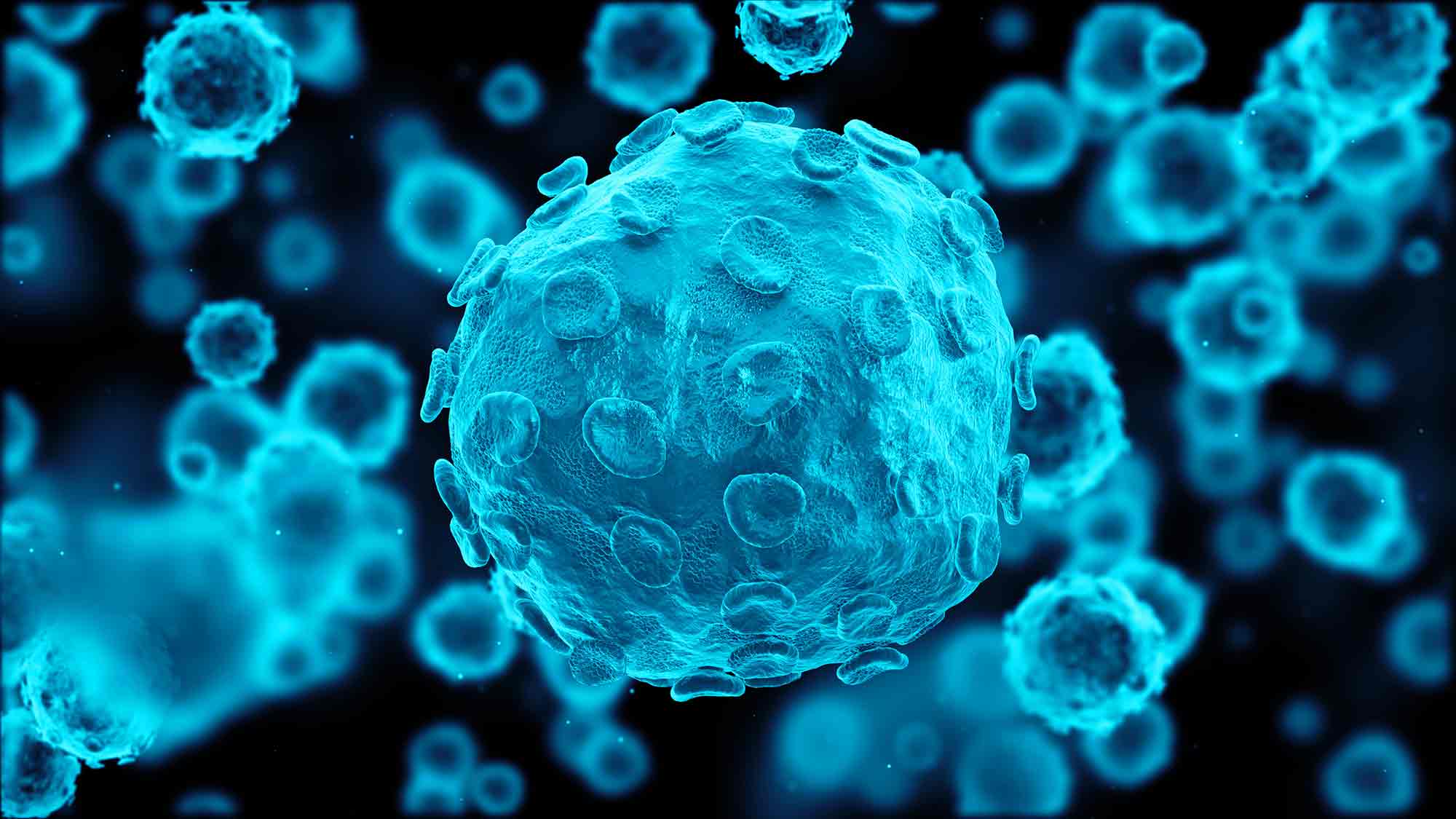 Fewer people are being exposed to oral herpes during their childhood, new research has found.
Fewer people are being exposed to oral herpes during their childhood, new research has found.
The number of children exposed herpes simplex type 1 (HSV-1) and the prevalence amongst Europe is falling by 1% per year.
This is according to research published in BMJ Global Health.
Although the virus’ prevalence appears to be dropping in younger people, it could be increasingly likely to be transmitted sexually.
Childhood contact
HSV-1 is usually transmitted by oral-to-oral contact during childhood, causing oral herpes. The other form of the virus, HSV-2, is sexually transmitted and causes genital herpes.
The World Health Organisation (WHO) estimates there are 3.7 billion people across the world under the age of 50 (67%) who have the HSV-1 infection.
Additionally, it estimates there are 491 million people aged 15-49 (13%) worldwide with the HSV-2 infection.
In the study, researchers from Weill Cornell Medicine-Qatar of Cornell University set out to examine HSV-1 across Europe.
Their analysis revealed more than two-thirds (67.4%) of the population in Europe tested positive for HSV-1. Infection rates were 32.5% for children and 74.4% for adults.
Significantly lower
This is significantly lower than the historical level of infection in childhood in other parts of the world.
The results found that population prevalence in Europe was declining by 1% per year. The contribution of HSV-1 to genital herpes was rising by 1% per year.
Suggested reasons for falling rates of HSV-1 included:
- General decrease in family size
- Decrease in school crowding
- Improved hygiene and living conditions.
Strengthen case for vaccine
‘HSV-1 epidemiology in Europe is in transition and shifting away from its historical pattern of oral acquisition in childhood,’ the team concluded.
‘HSV-1 transition in Europe is leading to more heterogeneous and variable transmission by age and geography. Additionally, there is an increasing role for HSV-1 in genital herpes and as a sexually transmitted disease.
‘The findings highlight the importance of disease surveillance and monitoring of HSV-1 seroprevalence and genital herpes aetiology. They strengthen the case for an HSV-1 vaccine to limit transmission.’
Follow Dentistry.co.uk on Instagram to keep up with all the latest dental news and trends.


